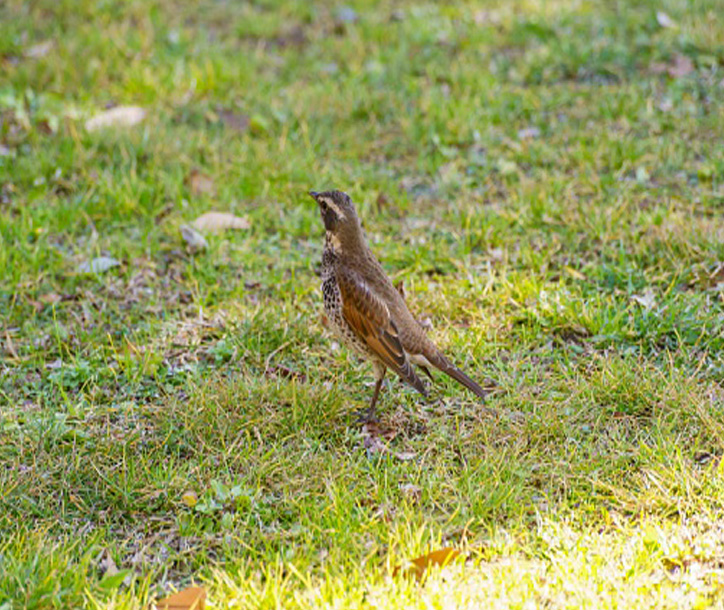
Snow Mold FAQ
Snow mold is a fungal disease that often appears at the end of winter, when the last layer of snow has melted away. We get many calls in February and March with clients asking us to look at their damaged lawns.
What Is Snow Mold?
Snow mold is what we call a type of fungal lawn disease that attacks your grass early in the year. It’s common in areas like Pittsburgh, which gets freezing temperatures and snow for many months. Once the snow starts to melt, you’ll be able to see yellow patches of lawn that are the calling cards of this disease. If we experience another snowy, wet spring, it will start to spread through the lawn.
What Does It Look Like?

Snow mold causes the grass to lose its color. This disease makes your grass appear straw-like and yellow, and is usually seen in patches that look stuck together. There are actually two types of snow mold: pink and gray, and the tint of your grass will let you know which type you have. They are each a different version of a snow mold fungus.
Does Snow Mold Kill the Grass or Only Damage It?
If the infection is not cleared from your grass, it will spread and continue to damage the grass. Eventually, more and more patches your grass will die and need to be replaced, which takes time, money, and effort, particularly in the summer.
Do I Have to Worry about This Disease in the Summer, Too?
No, snow mold hides in grass plant debris, dormant, until it gets cold again. However, it can come back year after year, especially if you had a snowy, wet winter and spring.
I Think I Have Snow Mold. What Should I Do?
Snow mold can be treated fairly easily in the early parts of the infection. Patches of snow mold can be lightly raked out to provide more air to the surface, which will help your grass become healthy again. Next, it’s important to apply both a crabgrass barrier and fertilizer in the early spring. Then, give Superior Lawn Care a call for spring seeding advice.
How Can I Prevent Snow Mold?
Just because we experience snowy winters doesn’t mean that that you have to worry about snow mold every spring. With a Pittsburgh lawn care service maintenance plan, your grass will benefit from custom fertilization that’s designed to resist fungi and diseases.
In the fall, take steps to ensure that snow mold doesn’t have a place to live. Continue to mow your lawn throughout the end of the season so that your grass isn’t too long before snow begins to fall. Use fall core aeration to reduce the amount of thatch in your yard, since snow mold can live there. It’s also important to rake up as many leaves as you can to reduce the chances of having an always-wet ground.
If you notice snow mold in your yard, call Superior Lawn Care today. We can help, and we’ll also help keep your lawn healthy throughout the whole year so that it is resistant to the many lawn diseases in western PA. We serve the whole Pittsburgh area, including Cranberry, Wexford, North Huntingdon, Indiana, Upper St. Clair, Moon Township, and Penn Township.

